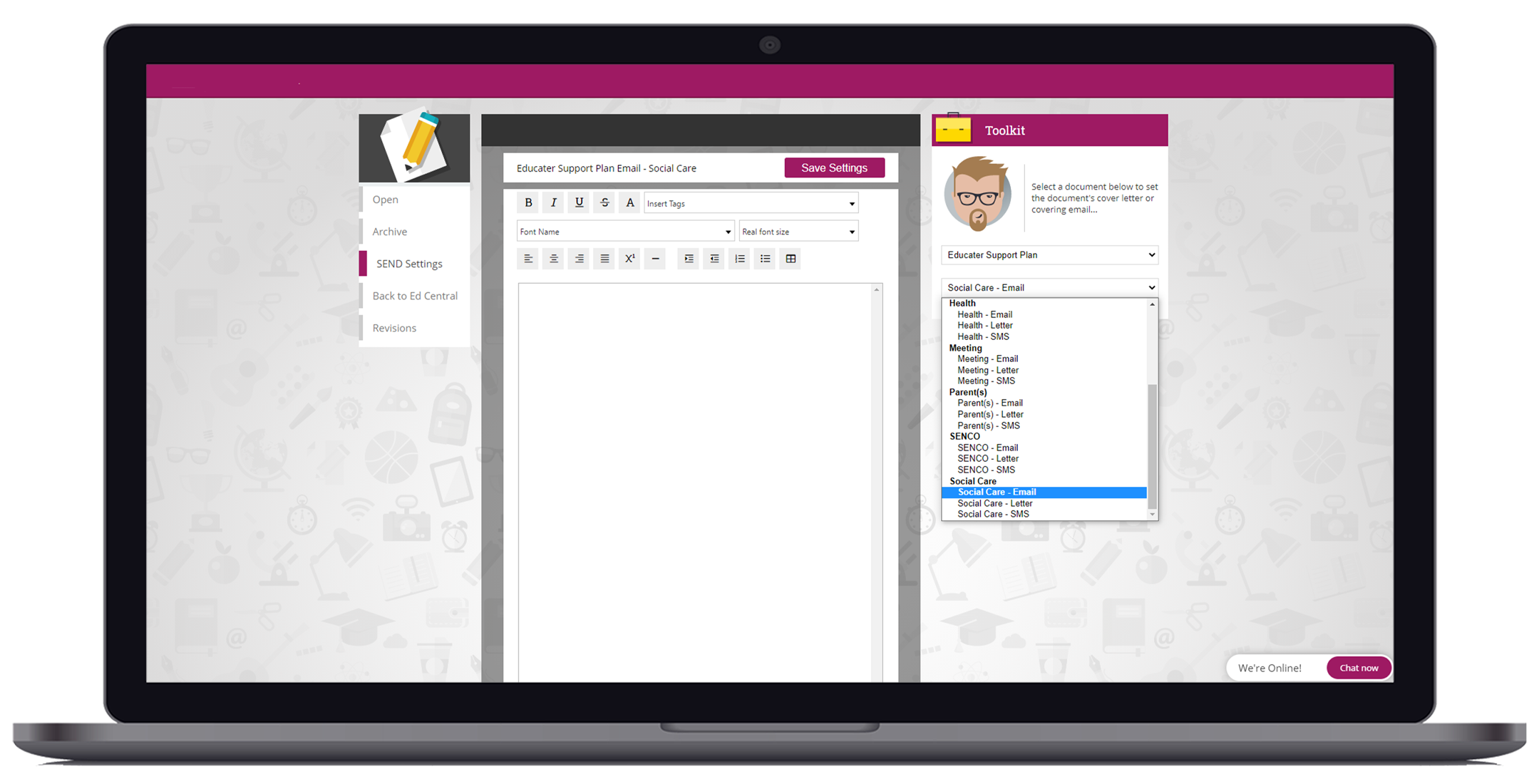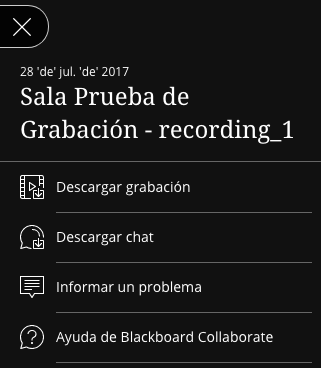


These external resources such as popular tools in the classroom (Google Apps, Wordpress, Slack, iTunes, etc.) or technological advances that allow gamification, Adaptive Learning Technologies or Open Educational Resources (OER) are not always integrated into LMS.

LMS have allowed learning analytics, adaptive learning (chapter 10) and dynamic social exchanges, but the report indicates that there is a need for new models, highlighting the conclusion reached by the 2017 Panel of Experts in Higher Education: LMS are owned by companies that control the platforms, making it difficult to integrate external resources that are better adapted to learning needs. Although the percentage of LMS corresponding to alternative learning platforms and course development is minority, since 2011, MOOC courses have generated new possibilities. In The NMC Horizon Report: 2017 (Adams Becker, Cummins, Davis, Freeman, Hall Giesinger & Ananthanarayanan, 2017), it is indicated that, in the case of higher education, the most widespread brands of LMS are: Canvas, Blackboard, Moodle, Edmodo, Desire2Learn and Sakai. LMS make up the largest segment of the learning system market (Davis, Carmean & Wagner, 2009). The first LMS appeared in higher education in the late 1990s, but nowadays the majority of LMS are related to corporate market. In this context, we highlight Learning Management System (LMS), a concept emerged from e-Learning. Using technologies in educational context responds to a need to promote the efficiency of teaching, flexibility and connections with the student’s reality (Alshormar & Bawaneh, 2018). In recent years, educational environments around the world have increased the interest in e-learning in order to adapt to educational needs of student population.


 0 kommentar(er)
0 kommentar(er)
